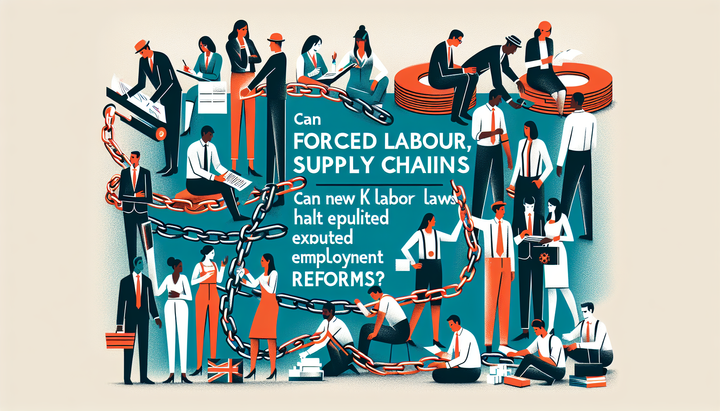The Business Imperative of Green Retrofitting: Navigating Emission Reductions and Economic Incentives

The Need for Green Retrofitting in Domestic Properties
As nations across the globe grapple with the escalating climate crisis, the need for efficient and sustainable energy solutions has become paramount. In particular, the UK is facing significant pressure to reduce its carbon footprint, with domestic properties contributing approximately 20% of its total carbon emissions. This urgent demand underscores the necessity of retrofitting homes to make them more energy-efficient, a proposal that aligns with global green energy initiatives.
Keir Starmer's Pledge and the Path to Decarbonization
UK Labour leader Keir Starmer has set an ambitious target to slash carbon emissions by 81% by the year 2035, based on 1990 levels. However, the strategy to achieve this has raised concerns. By focusing primarily on decarbonizing the national grid, without dictating personal lifestyle changes, Starmer aims to avoid political backlash. This stance has been perceived as an attempt to tread carefully around sensitive voter issues, such as the fear of compulsory gas boiler removals.
Despite these political maneuvers, the reality remains that significant emission reductions cannot be achieved without tackling the inefficiencies of the UK’s existing housing stock. The country’s homes are notably among the worst in western Europe in terms of energy efficiency, highlighting an urgent need for retrofitting at an unprecedented scale – a target suggested to be at least 1.5 homes per minute.
The Economic and Social Benefits of Retrofitting
The retrofitting of homes offers numerous benefits that extend beyond mere carbon-accounting strategies. The energy-efficiency improvements resulting from retrofitting not only lower household emissions but also enhance living conditions by providing warmer environments in the winter and cooler ones in the summer. This directly impacts public health by reducing heat-related illnesses and decreasing the financial strain on families due to lower fuel costs.
Moreover, the reduction in healthcare expenses, such as those associated with chronic conditions exacerbated by poor home environments, offers financial relief to government resources such as the NHS. Consequently, this approach presents a dual advantage of improving quality of life while easing public sector financial burdens.
The Case for Revisiting the Feed-In Tariff
A key suggestion to bolster green energy initiatives is the revival of the feed-in tariff, particularly for small-scale electricity producers. This incentive could potentially rejuvenate investment in renewable energy at the household level by offering guaranteed payments for self-generated electricity. Such financial motivation empowers homeowners to invest in renewable technologies like solar panels, thereby contributing to national energy efficiency goals.
Considering these micro-generators can come online rapidly, they represent a quick and effective means to enhance the country's renewable energy output. This solution not only benefits individual investors but also provides a collective advantage to the country by increasing clean energy supplies with minimal governmental expenditure.
Conclusion: Balancing Policy and Innovation
The endeavor to retrofit homes effectively blends the goals of emission reduction with economic stimulation, provided there is a supportive policy framework. Embracing incentives such as the feed-in tariff could facilitate the transition towards a greener, more sustainable future. By bridging the gap between political caution and energy innovations, leaders like Keir Starmer might find a pathway that satisfies both environmental goals and voter concerns, ultimately driving the UK towards its net-zero commitments without compromising on economic vitality.



Comments ()